Industrial IoT (Internet of Things) for Manufacturing Professionals
Purpose:
Unlike other technologies, IoT is far more complex encompassing almost every branch of core Engineering-Mechanical, Electronics, Firmware, Middleware, Cloud, Analytics and Mobile. For each of its engineering layers, there are aspects of economics, standards, regulations and evolving state of the art. This is for the firs time, a modest course is offered to cover all of these critical aspects of IoT Engineering. For manufacturing professional, most critical aspect is to understand the advancement in the area of Industrial Internet of things, which includes predictive and preventative maintenance, condition based monitoring of the machines, production optimization, energy optimization, supply-chain optimization and uptime of manufacturing utilities etc.
Summary:
Target Audience:
Duration: 3 Days ( 8 hours / day).
Prerequisites:
Overview:
Estimates for Internet of Things or IoT market value are massive, since by definition the IoT is an integrated and diffused layer of devices, sensors, and computing power that overlays entire consumer, business-to-business, and government industries. The IoT will account for an increasingly huge number of connections: 1.9 billion devices today, and 9 billion by 2018. That year, it will be roughly equal to the number of smartphones, smart TVs, tablets, wearable computers, and PCs combined.In the consumer space, many products and services have already crossed over into the IoT, including kitchen and home appliances, parking, RFID, lighting and heating products, and a number of applications in Industrial Internet.
However the underlying technologies of IoT are nothing new as M2M communication existed since the birth of Internet. However what changed in last couple of years is the emergence of number of inexpensive wireless technologies added by overwhelming adaptation of smart phones and Tablet in every home. Explosive growth of mobile devices led to present demand of IoT.
Industrial IoT, or IIoT for manufacturing has been widely in use since 2014 and since then a large number of IIoT innovations have taken place. This course will introduce all the important aspects of innovations in Industrial IoT area.
This training is intended for a technology and business review of an emerging industry so that IoT enthusiasts/entrepreneurs can grasp the basics of IoT technology and business.
Course Objective:
Main objective of the course is to introduce emerging technological options, platforms and case studies of IoT implementation in smart factories for manufacturing sectors.1. Basic introduction of all the elements of IoT-Mechanical, Electronics/sensor platform, Wireless and wireline protocols, Mobile to Electronics integration, Mobile to enterprise integration, Data-analytics and Total control plane.
2. M2M Wireless protocols for IoT- WiFi, LoPan, BLE, Ethernet, Ethercat, PLC : When and where to use which one.?
3. Mobile/Desktop/Web app- for registration, data acquisition and control.
4. Security issues and security solutions for IIoT.
5. Open source/commercial electronics platform for IoT-Raspberry Pi, Arduino , ArmMbedLPC etc.
6. Open source /commercial enterprise cloud platform for AWS-IoT apps, Azure -IOT, Watson-IOT, Mindsphere IIoT cloud in addition to other minor IoT clouds
7. Studies of business and technology of some of the common IIoT platform like Siemens MindSphere and Azure IoT.
Course Outline:
| Session 1: Business Overview of Why IoT is So Important |
|
| Session 2: Introduction to IoT : All About Sensors |
|
| Session 3: Fundamentals of M2M Communication : Sensor Network and Wireless Protocols |
|
| Session 4: Review of Electronics Platform, Production and Cost Projections |
|
| Session 5: Hardware/Protocol Elements of IIOT for manufacturing |
|
| Session 6: Introduction to Mobile App Platform for IoT |
|
| Session 7: Machine Learning for Intelligent IIoT |
|
| Session 8: Analytic Engine for IIoT |
|
| Session 9: Security in IoT Implementation |
|
| Session 10: IAAS/PAAS Azure/AWS/Google/Siemens platform for IoT |
|
| Session 11: A few Common IIoT Systems for manufacturing |
|
| Session 12: More detailed case studies in IIoT |
|
